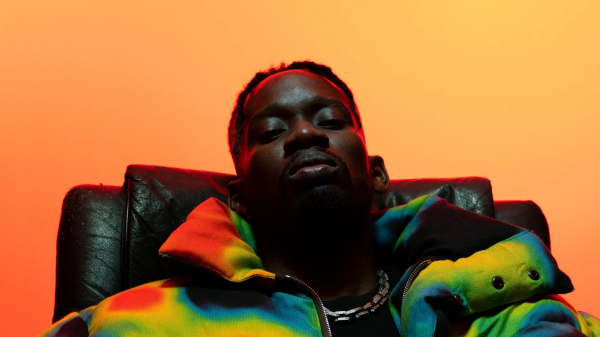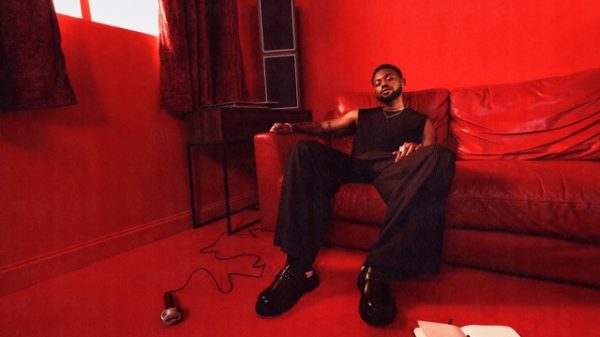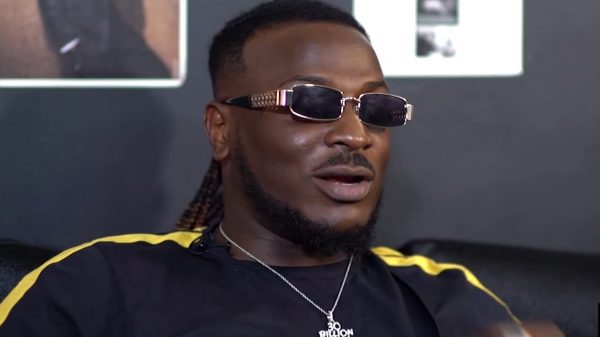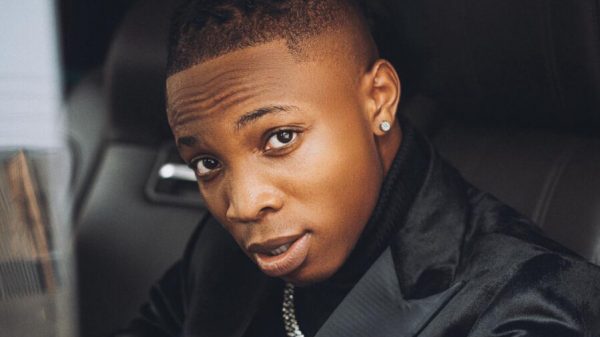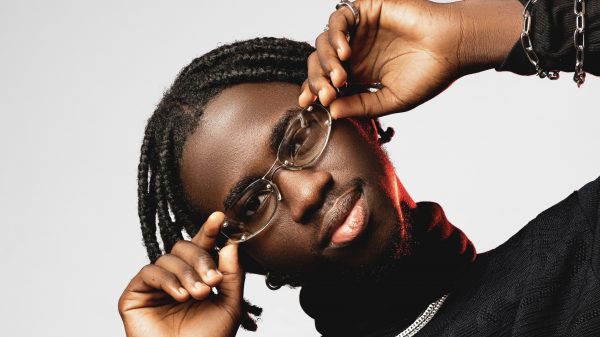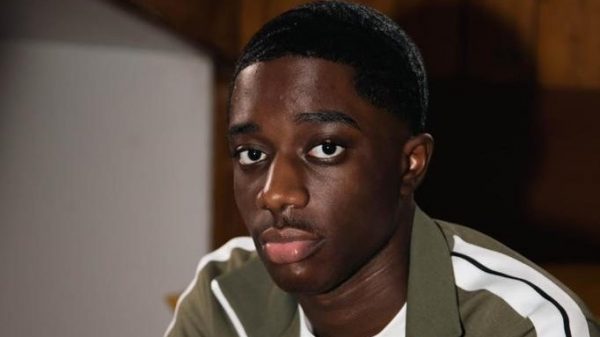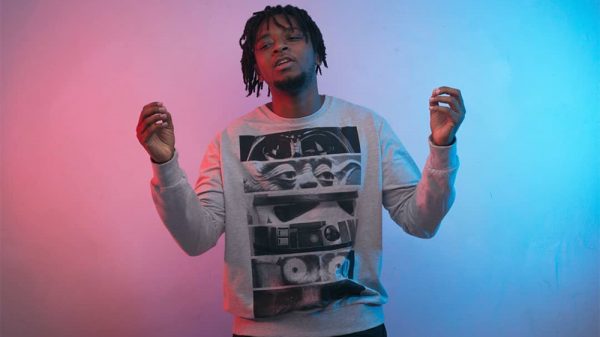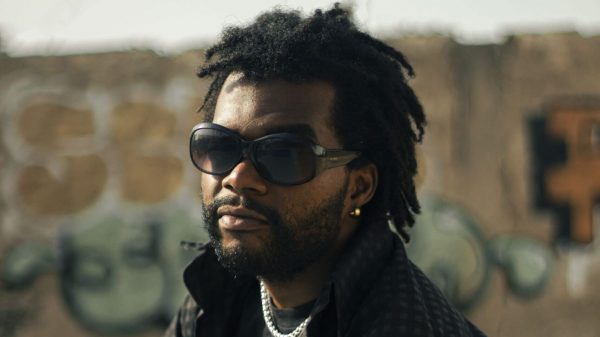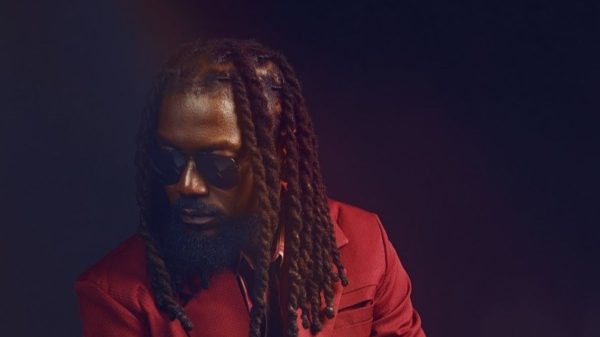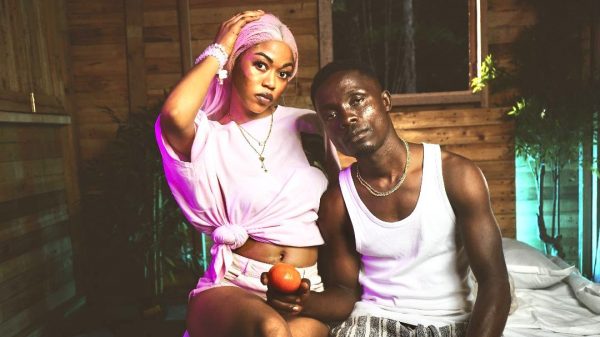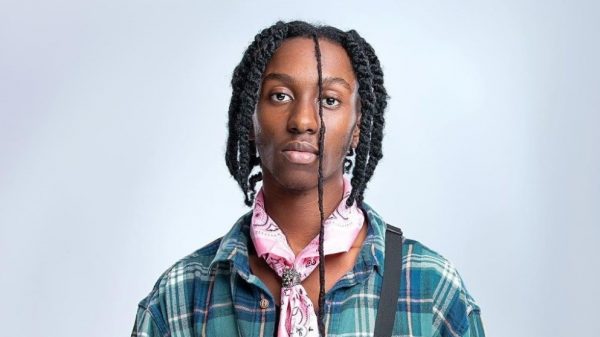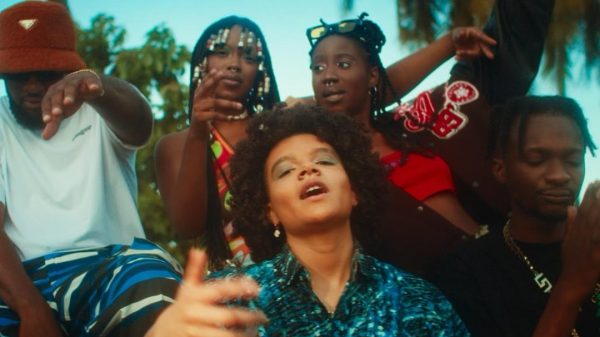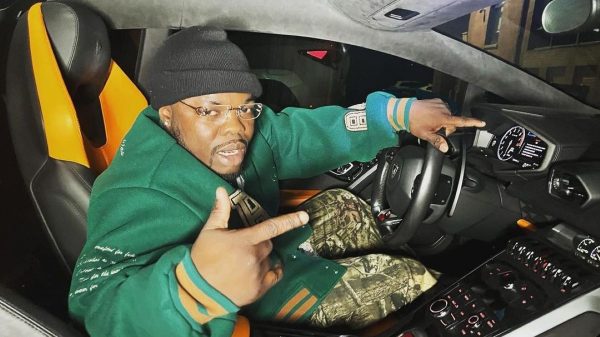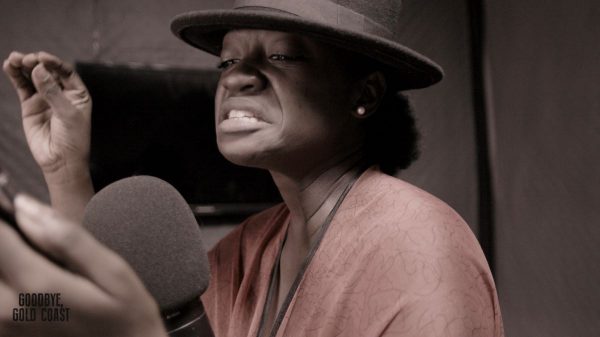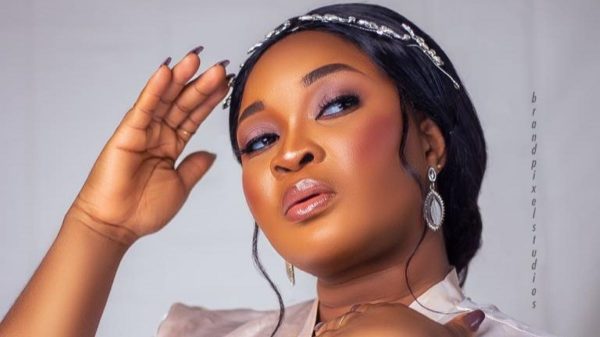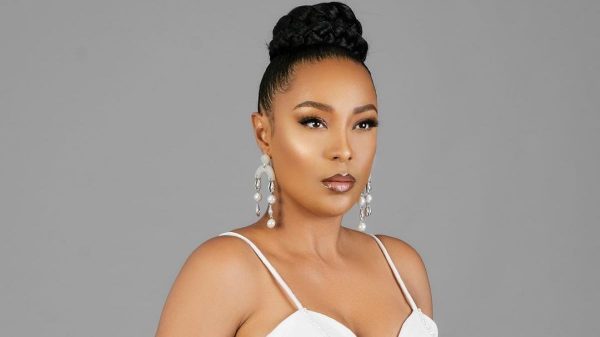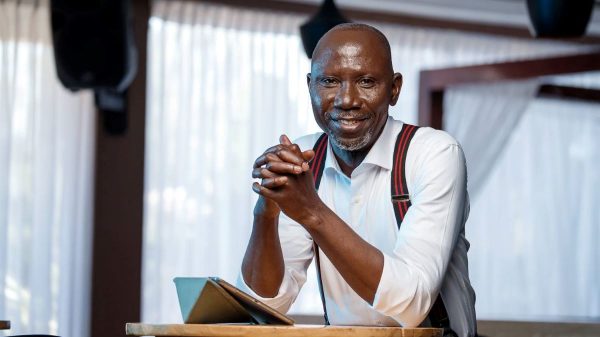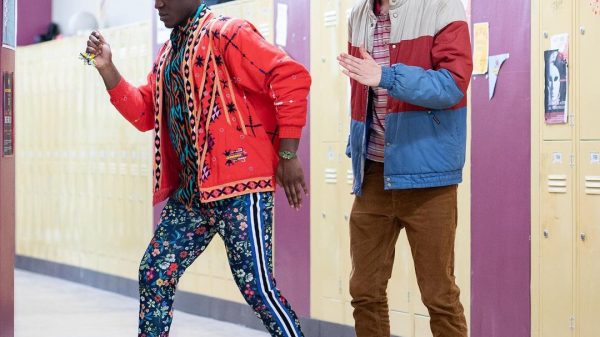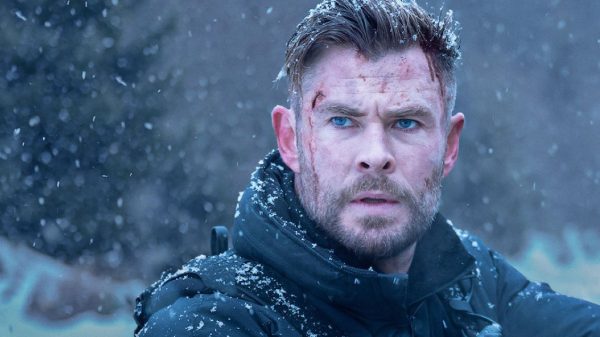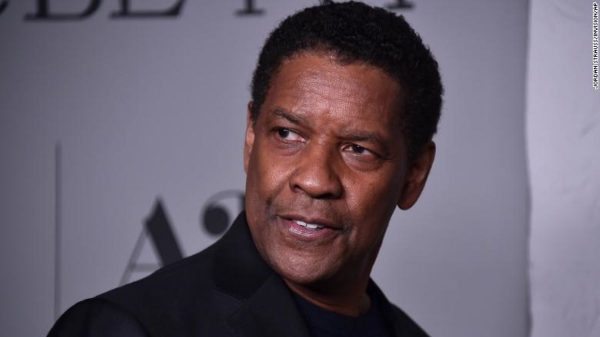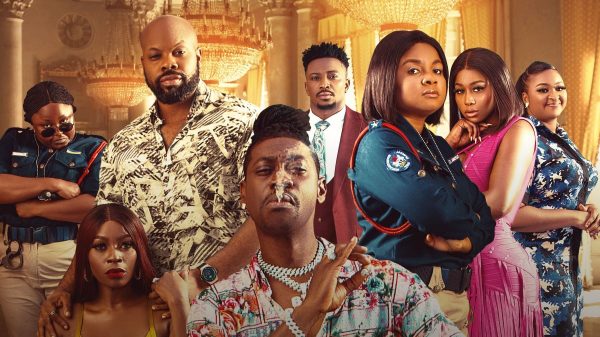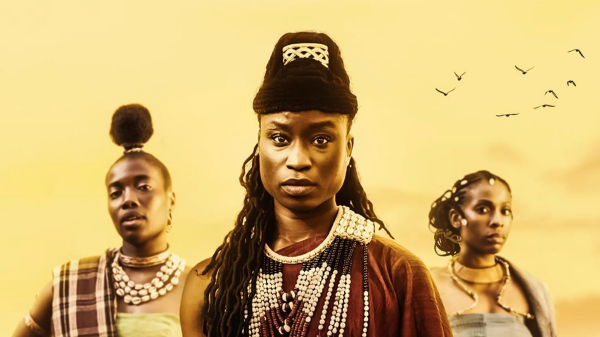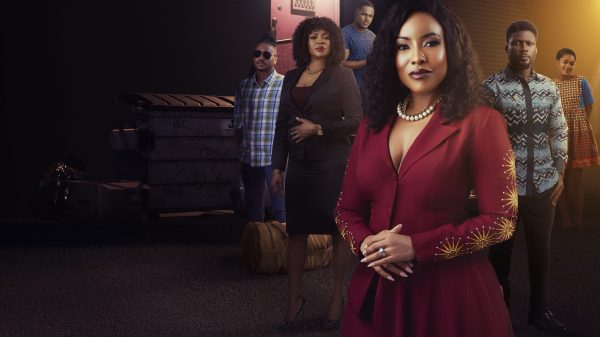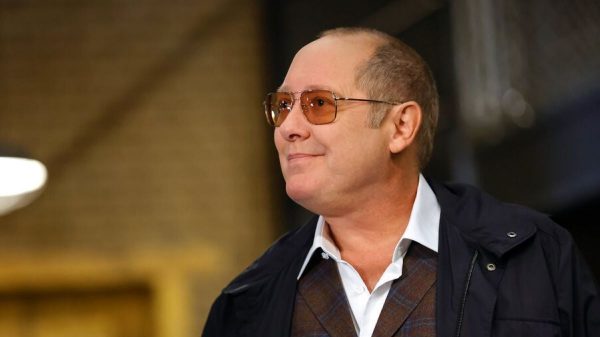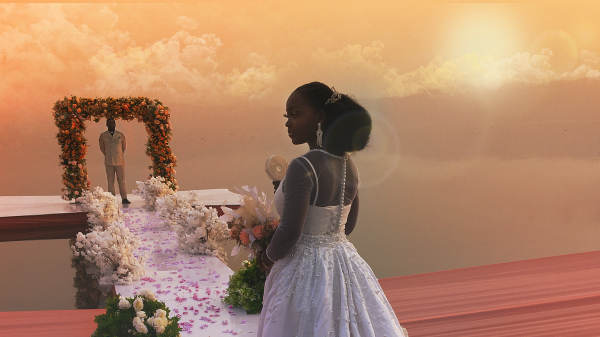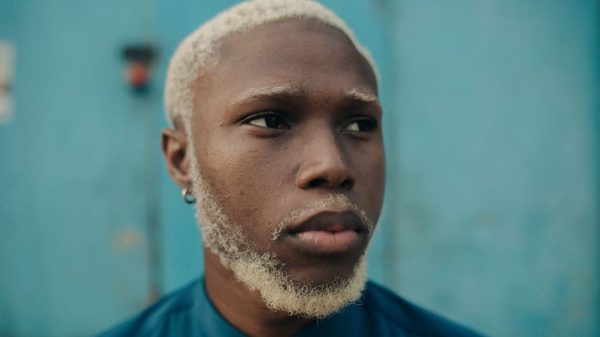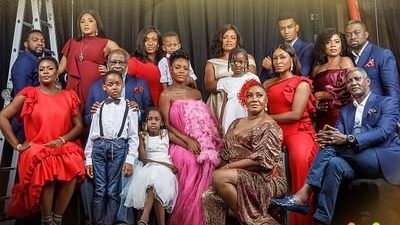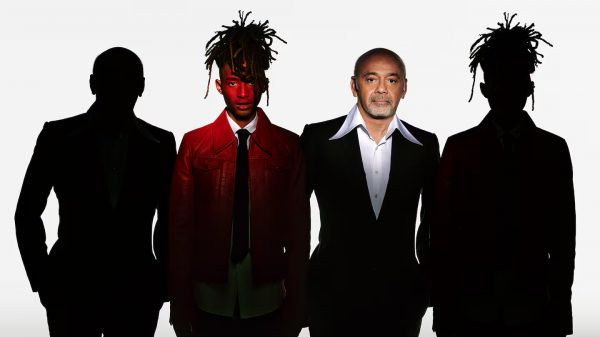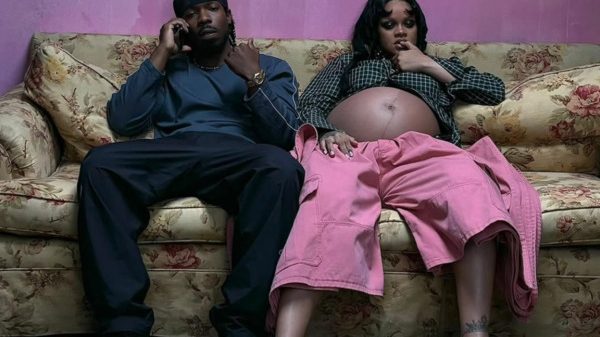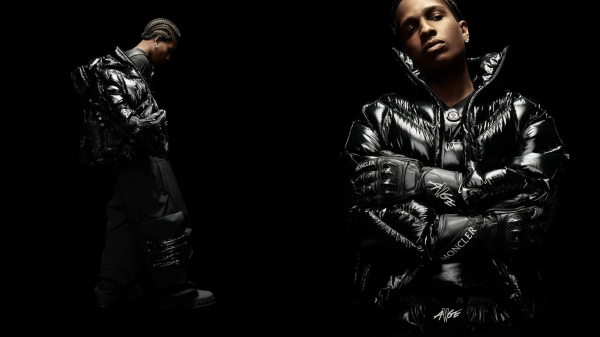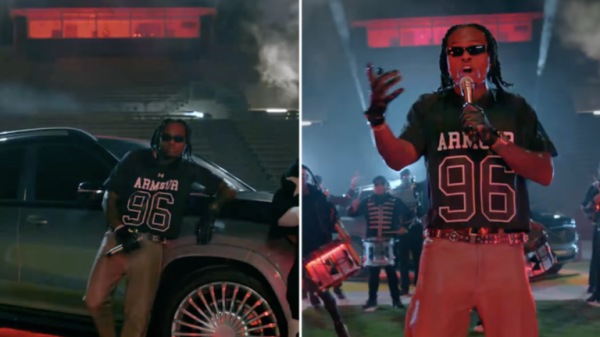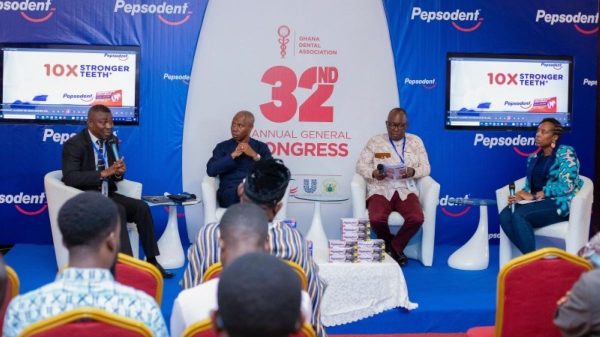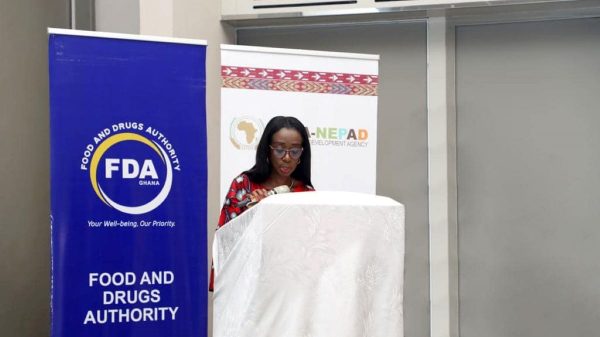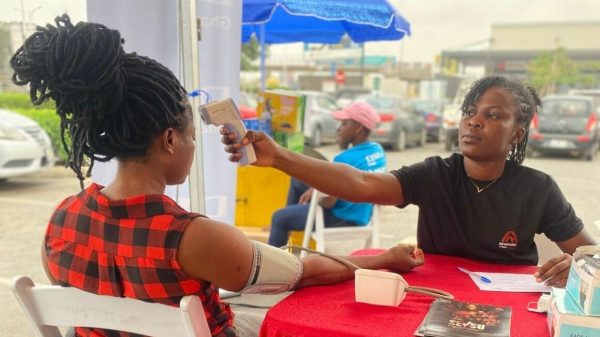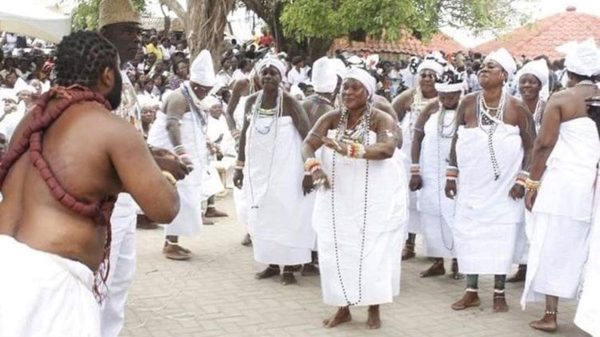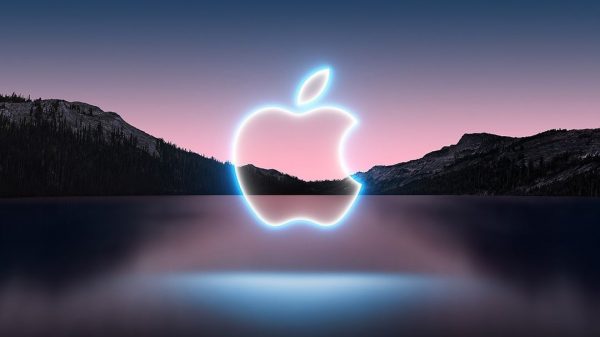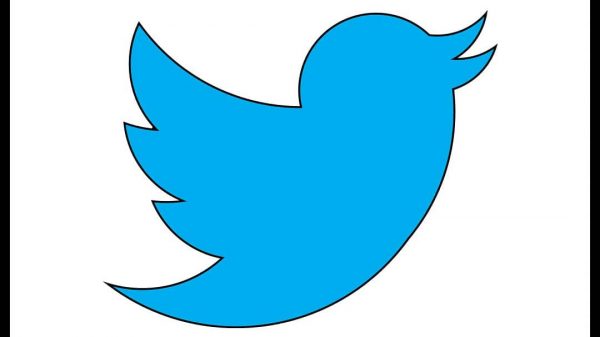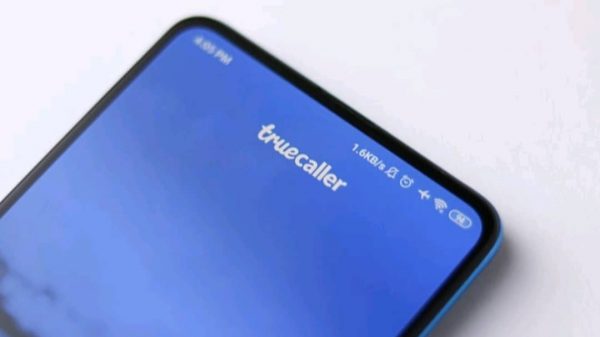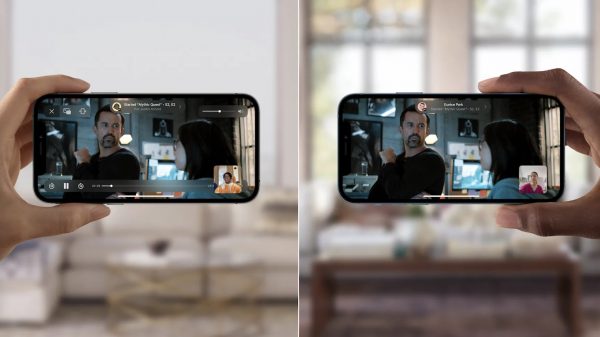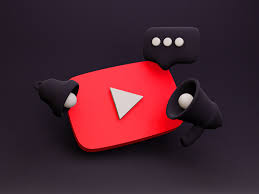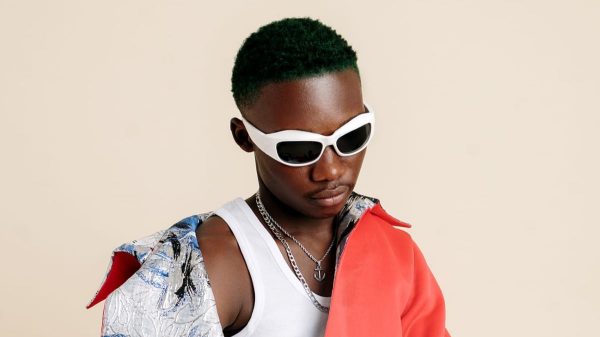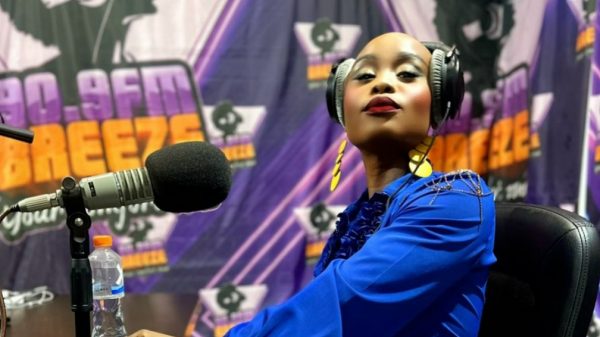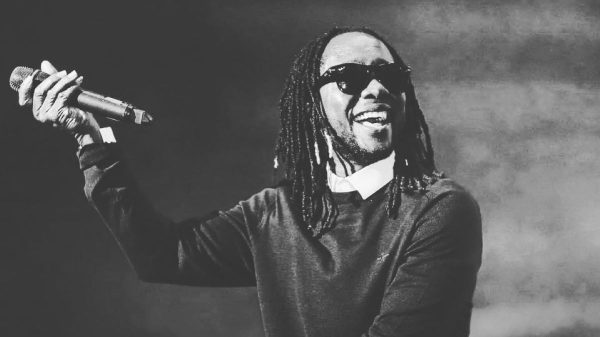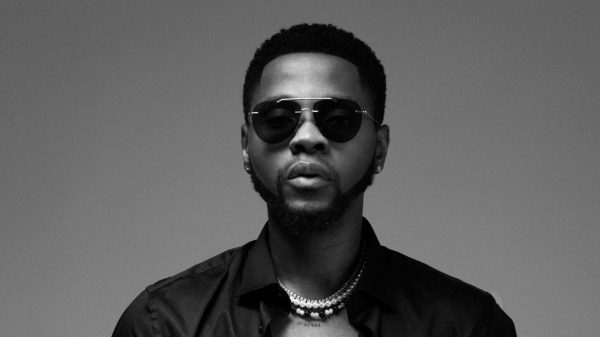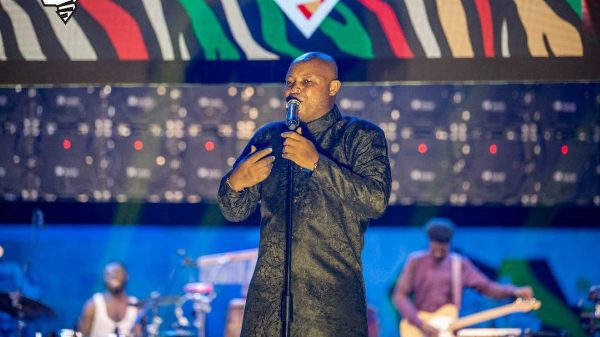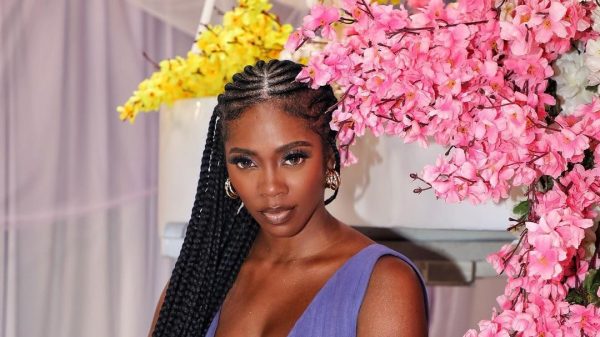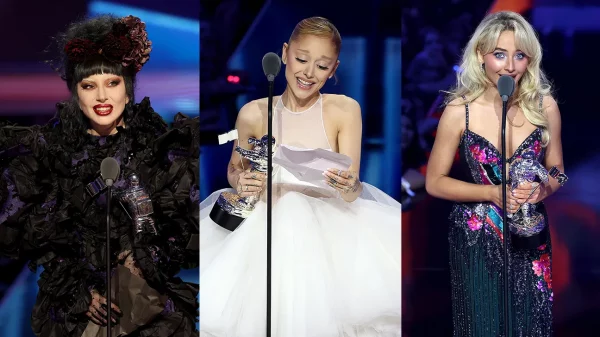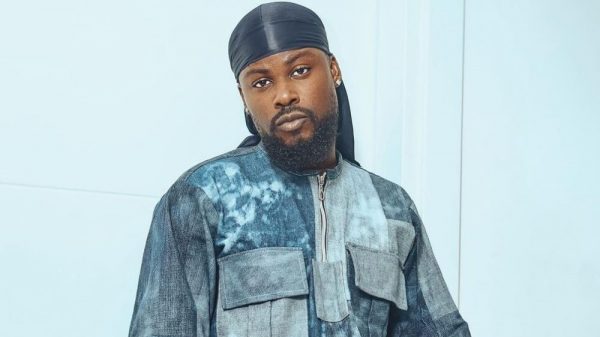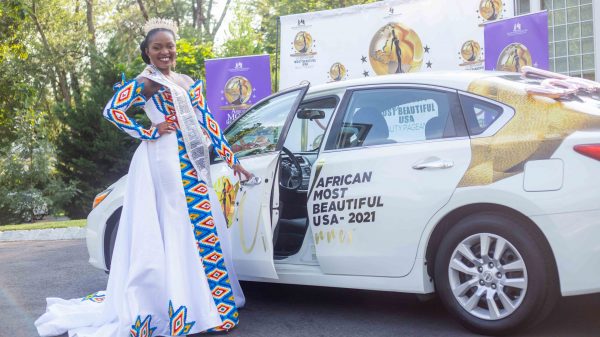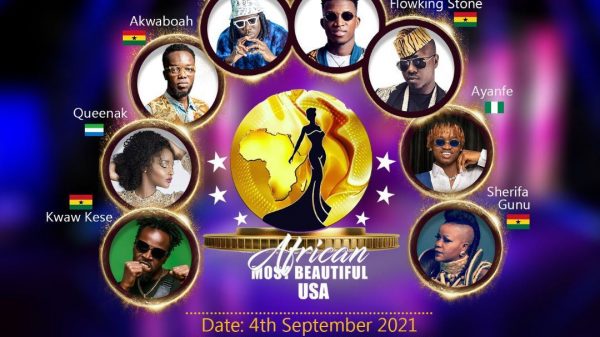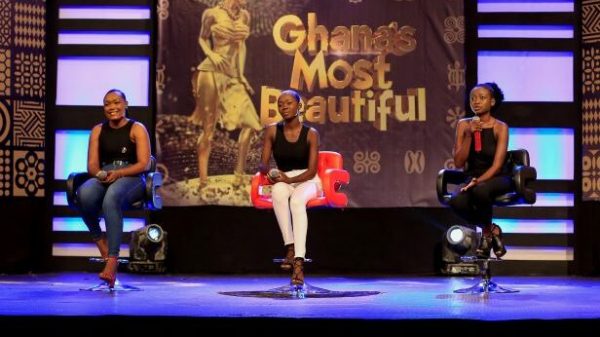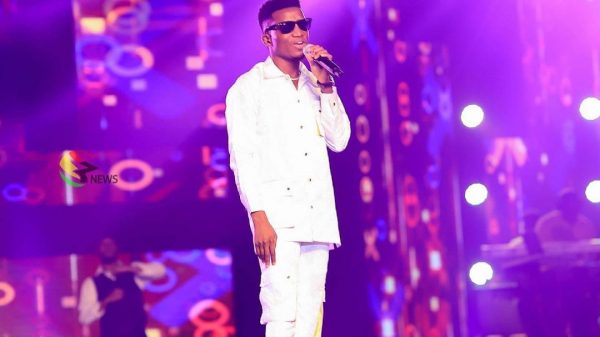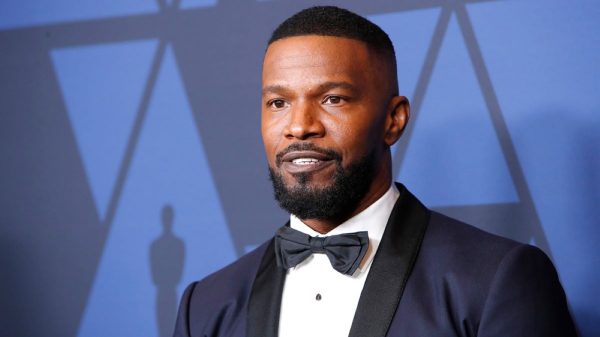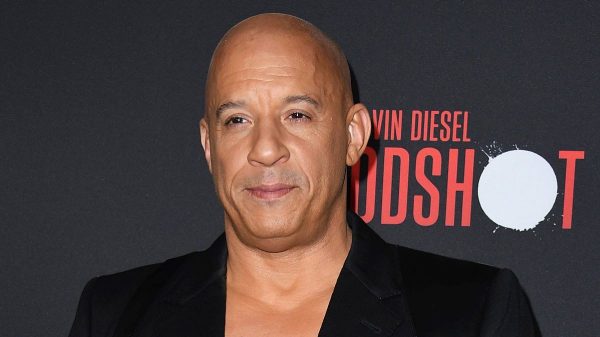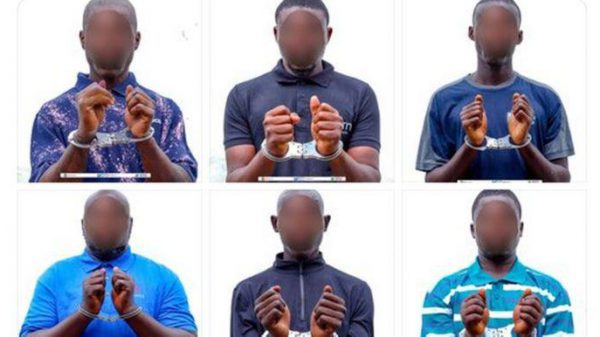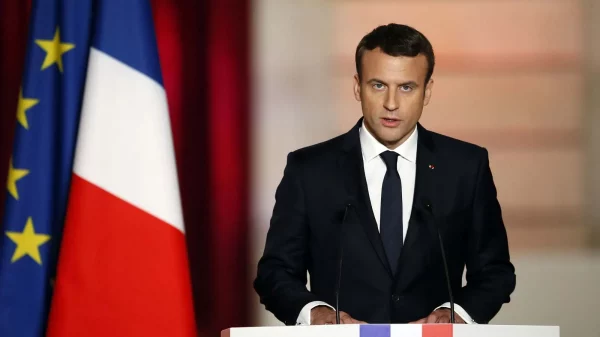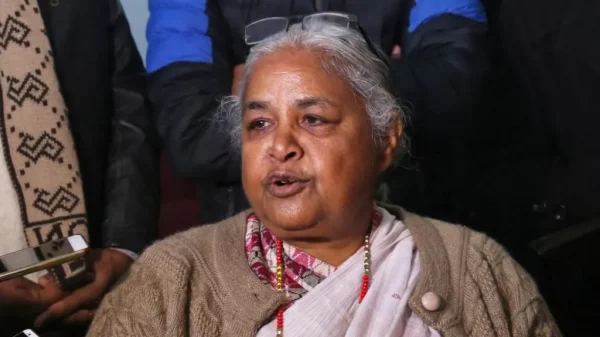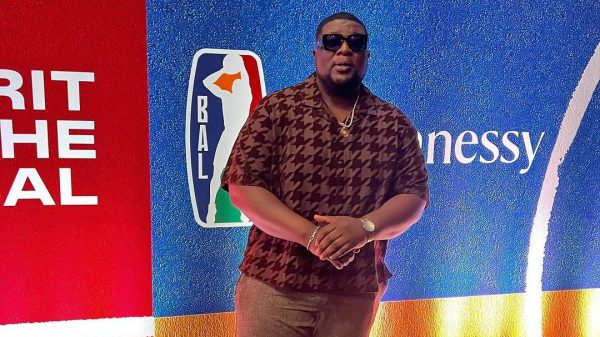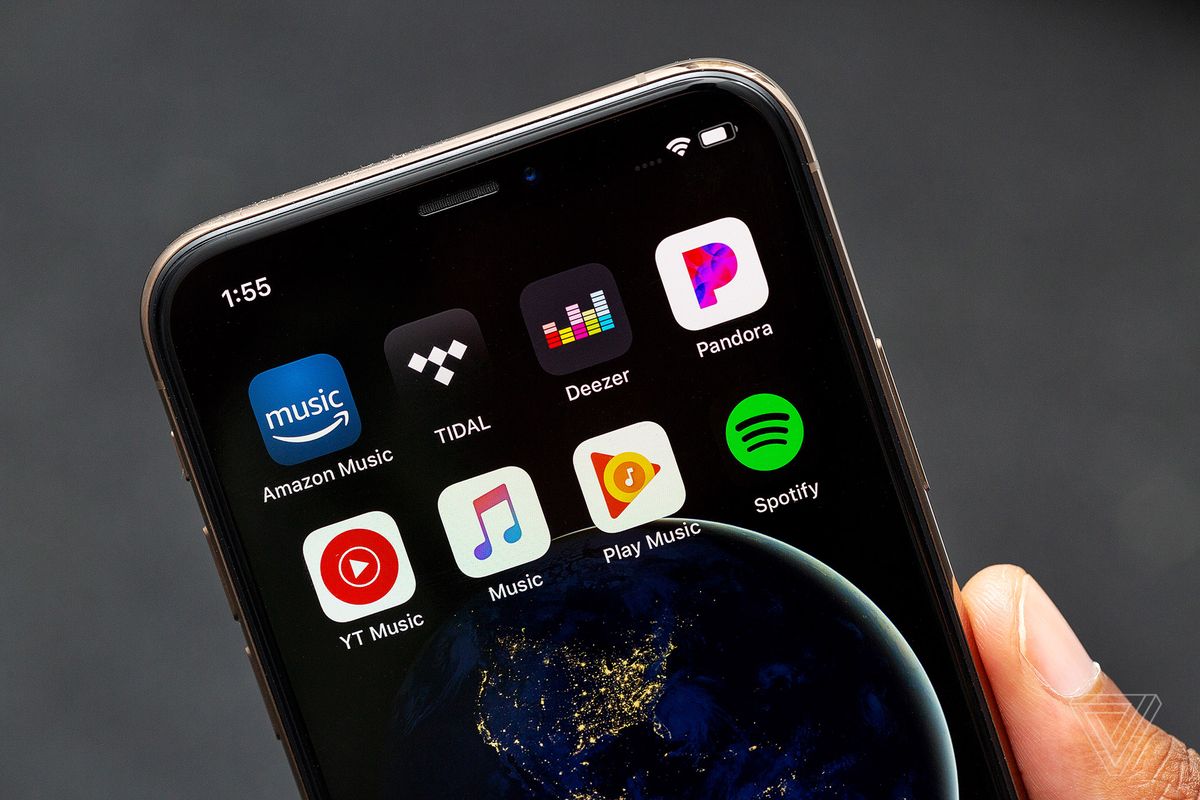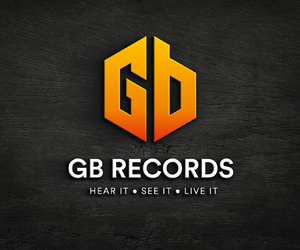The music industry is enjoying a renaissance. After 15 years of declining revenue, Recorded Music New Zealand achieved double digit growth in 2015 and again in 2016.
The renewed upward trend is largely thanks to streaming, which now makes up 50 per cent of local music industry revenue.
As consumers, we’re all grateful for the huge variety of music we have easy access to these days. But what impact is streaming having on how music is made?
One thing’s for sure: in the streaming era, music producers have access to a wealth of data thanks to Spotify and its competitors. They know which songs are skipped after a few seconds, which songs in a playlist get the most listens, and what styles – even what type of drum beat – is most likely to catch your attention.
Pop songs in the streaming era tend to have very catchy beginnings and a hook-filled opening thirty seconds. That’s because of our short attention spans and the need to get us hooked quickly. According to music site Pitchfork, “in order for a stream to count toward chart tallies and, reportedly, for royalty payouts, a given song must be played for at least 30 seconds”.
Of course, popular music has always been defined by the prevailing format of the time. From the 7-inch records of the 1950s and 1960s, to the visually appealing pop and hair metal bands of the MTV 1980s, to the early digital era of the iPod when playlists became so important.
In the streaming era, playlists have become even more critical – with one key difference. It’s likely you don’t create them yourself now. They’re either automated for you using algorithms that examine your listening habits, or they’re curated by tastemakers employed by the streaming companies.
New Zealand’s own Zane Lowe has been a big beneficiary of the playlist trend. Since 2015, he’s been a DJ on Apple Music’s streaming radio station, Beats 1. If you’re a 1990s tragic like me, you may remember him from the band Breaks Co-Op or his stint on Auckland music station Max TV. But now his audience is global and vastly bigger, as his 724,000 Twitter followers attest.
Indeed, Lowe is so influential in the music industry now that Elton John cold calls him regularly.
So for music producers, the keys to pop music success in the streaming era include cramming your hooks into the first thirty seconds of your songs and getting the attention of tastemakers like Lowe. But that doesn’t help the majority of musicians, who often struggle to make a living from meagre streaming revenues.
As with any artistic endeavour in the age of social media, it’s incredibly difficult to get attention for your work. As an author of books, I can vouch for that. But at least musicians have access to Bandcamp, an independent music platform where they can sell their songs and albums direct to consumers.
As a music fan, Bandcamp is like a mix between Spotify and the iTunes Store. That’s because you can both stream and purchase digital downloads.
New Zealand artist Aldous Harding sold her self-titled debut album directly on Bandcamp (which is where I bought it). So it’s a great platform to find new artists, especially thanks to Bandcamp’s own curated playlists.
Bandcamp shows that digital downloads are still relevant in the streaming era, although every year they’re declining. According to Recorded Music New Zealand, downloads made up 29 per cent of revenue in 2014. But just two years later, that figure was down to 13 per cent.
The reality is that many of us don’t buy CDs or download digital albums anymore. There’s no need to, when Spotify, Apple Music and other streaming apps have the back catalogue of most of your favourite artists. If indeed you even listen to albums anymore.
As for the current generation of kids, they’re much more likely to discover and consume music on YouTube than on Spotify. In a recent music consumption report, the IFPI stated that 85 per cent of 13-15 year olds stream music and nearly 8 in 10 kids use a video service like YouTube for that purpose.
According to the IFPI, across all age groups YouTube accounts for 46 per cent of time spent listening to on-demand music. That’s more than all the music streaming apps combined.
The streaming era in music is far from perfect. Some artists complain about the minuscule royalties they receive from the likes of Spotify, while the music industry continues to battle YouTube over repeated copyright infringements.
As for us music fans, when we can listen to all of The Beatles’ back catalogue on Spotify and discover new artists on Bandcamp, we can’t complain.
That said, I like having a personal music collection. Partly because I want to support the artists I love by buying their music.
I still use iTunes as my music hub, but it gets buggier every year. And while I could upload my music files into Spotify, I’ve found the user experience to be lacking.
So I’d love a better way to store my Aldous Harding albums. Other than that, viva la streaming revolution.

